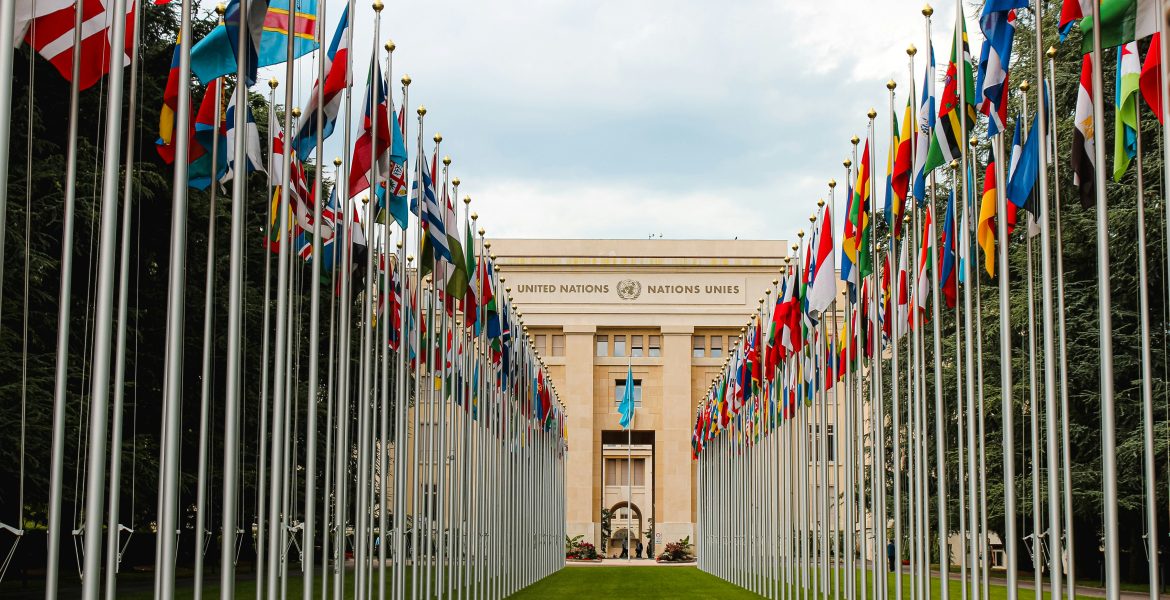Peaceful Transition

Scenario 1: Peaceful Transition (2025–2035)
In this scenario, China advances its long-term strategy to become the global hegemon. Beijing presents itself as the guarantor of stability — the power that can deliver what it calls a new thousand years of peace and prosperity. To achieve this, China relies not on war but on trade, ensuring that global markets remain open and that it secures its position as the world’s largest producer. The United States, still powerful, recognises the risks of direct conflict and manages competition through containment rather than escalation.
What a Peaceful Transition scenario looks like
This pathway assumes that constitutional order in the United States holds, that trade disputes are negotiated rather than allowed to spiral, and that sovereign debt markets remain stable without a mass flight into gold. Flashpoints such as Taiwan, the South China Sea, and North Korea are contained, while conflicts in Ukraine and Palestine are either resolved or frozen. Above all, it assumes that global governance endures: the United Nations retains legitimacy, BRICS and the SCO expand as complementary forums, and momentum behind climate action continues.
The scenario is most sensitive to U.S. constitutional stability and the absence of engineered great-power conflict. For the detailed probability estimates across all scenarios, see the master assumptions table.
The decade unfolds
By the mid-2020s, China pushes forward its dual strategy of self-reliance and global outreach. Domestic semiconductor programmes achieve “good-enough” chips by 2026, ensuring industrial independence even as the United States blocks bleeding-edge tools. Beijing expands Belt and Road partnerships, financing ports, rail, and power projects that secure both markets and allegiance. The United States, wary of escalation, avoids engineered crises and instead uses tariffs and alliances to slow but not stop China’s ascent.
Into the late 2020s, currencies and finance begin to shift. The yuan grows as a settlement currency for energy and infrastructure trade, even while the dollar remains the global safe haven. Alliances and governance evolve as Europe, India, and ASEAN hedge — trading with China while sustaining security ties to Washington. Commodities and technology are reshaped by China’s green-energy exports: solar panels, batteries, and turbines flow worldwide, locking in both market share and influence. Markets and investors adapt to this dual order, where China’s productive scale and trade diplomacy anchor global growth.
By the early 2030s, China has consolidated its role as both the world’s leading producer and its self-proclaimed guarantor of stability.
TL;DR: in 2035, China emerges as the central power in a multipolar world, projecting itself as the protector of a “new peace” built on open trade, green energy, and global production.
How do we position capital in a Peaceful Transition scenario?
Investors should look to where China’s ascent and global stability overlap. Defence and tech autonomy in Europe, Japan, and Australia gain steady budgets with civilian spillovers. Chinese champions in semiconductors, EVs, and renewables consolidate scale. Critical minerals outside China — copper, lithium, nickel — remain in structural demand. Gold retains a role as a hedge, while yuan-linked settlement grows in importance for energy and infrastructure finance.
Early signals include Beijing’s continued success in producing “good-enough” chips and the expansion of Belt and Road projects. Mid-decade, watch for growth in yuan-denominated trade and Europe’s increased defence and industrial spending. By the 2030s, confirmation will come as China openly frames its role as guarantor of global peace and prosperity, while investors adapt to a multipolar system where trade flows freely but under Beijing’s stabilising shadow. For positioning detail, see our Scenarios overview and the Core Investment Hypotheses.
References
- Nikkei Asia (2024). China pours billions into semiconductors to counter US curbs.
- Reuters (2024). US, China conclude two days of military talks in Washington
- Peterson Institute for International Economics (2025). US-China Trade War Tariffs: An Up-to-Date Chart
Archives
Calendar
| M | T | W | T | F | S | S |
|---|---|---|---|---|---|---|
| 1 | 2 | |||||
| 3 | 4 | 5 | 6 | 7 | 8 | 9 |
| 10 | 11 | 12 | 13 | 14 | 15 | 16 |
| 17 | 18 | 19 | 20 | 21 | 22 | 23 |
| 24 | 25 | 26 | 27 | 28 | 29 | 30 |